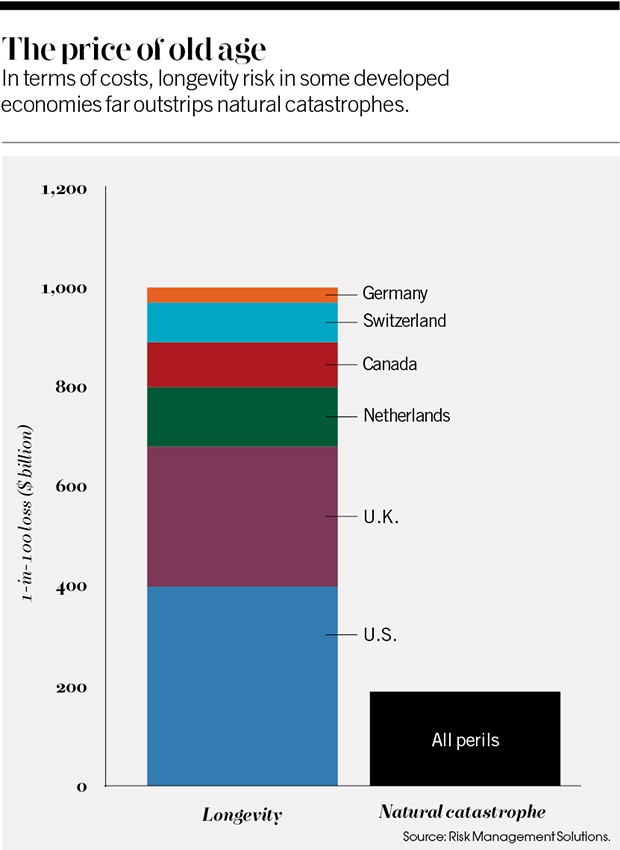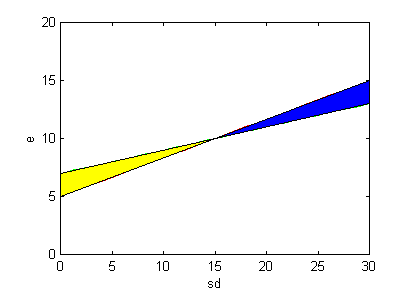Alternatives for Measuring Risk
Post on: 16 Март, 2015 No Comment

I hear two wordswhat ifa lot from investors these days. What if Greece leaves the euro? What if tensions between China and Japan escalate over disputed islands? What if oil prices skyrocket? Everyone is worried about the effect of the what ifs on their portfolios and the risk of losing money. They want to know, specifically, how we manage risk.
While we utilize a broad statistical toolkit to measure and monitor risk, our primary measure is value-at-risk, or VaR. It measures normal risk, not extreme risk. VaR uses historical data to measure the potential loss in the value of a portfolio over a specific period of time and the likelihood of that happening. Across our portfolios, we use one-day VaR at a 95% confidence level. That means that if we have a $10 million portfolio with a 0.82% VaR, then there is a 95% chance that our portfolios wont lose more than $82,000 in one day. Of course, there is also a 5% chance that the one-day losses will be worse than $82,000, but it is a relatively small chance (one out of every 20 days), again based on historical data.
The biggest advantage of VaR is that it allows us to measure the risk in a single managers portfolio, or across multiple portfolios, managers and strategies. At any time, we can run the VaR analysis of each of our portfolios to get a single dollar amount that represents aggregate portfolio risk. If VaR moves too high, we can take a variety of actions to try to reduce risk to more comfortable levels.
If youre familiar with VaR, then you know it has its critics. Some say that VaR failed to sound the alarm in 2008, that its backward-looking and that it cannot account for extreme market conditions. All of these criticisms have a point. The problem with VaR is that it does not say how much worse a portfolio could be hit if an extreme event occurs. Put another way, in the $10 million portfolio example, VaR says $82,000 is the most it could lose 95% of the time. It doesnt say how much greater than $82,000 the losses might be 5% of the time. Extreme events like Black Monday in 1987, the near-collapse of Long Term Capital Management in 1998, the tech-wreck in 2000, the credit crisis in 2008 and the earthquake in Japan in 2011 revealed the limitations of VaR. When these rare, black swan events occurred, the markets turned out to be more risky than VaR had predicted.
Despite its potential shortcomings, VaR has a place in measuring risk. VaR is especially helpful for our portfolios because it works well in measuring risk in highly liquid, easily priced assets. By contrast, VaR is not useful when measuring the risk of illiquid or hard-to-value exotic derivatives, which is precisely one of the reasons why investment banks were decimated in 2008. During that time, many of our managers VaR models allowed them to easily reduce exposures in highly liquid markets while still earning significant profits throughout the market crisis.

Because VaR doesnt measure the damage that could ensue from extreme events, we include in our risk management toolkit a range of other calculations, namely conditional VaR (also known as expected shortfall), stress testing and scenario analysis. There are differences among these tools, but for this discussion suffice it to say they all measure what the effect of a worst-case scenario would be. VaR asks, How bad can things get under normal circumstances? Conditional VaR (or expected shortfall), stress testing and scenario analysis ask, in different ways, How much can we lose in extreme cases?
Risk will always be present in financial markets. By using the combination of VaR, conditional VaR, stress testing and scenario analysis, we can measure the impact of normal losses and market outliers on our portfolios. We cannot eliminate risk, but we can better understand and manage it.
Reprints Discuss this story














